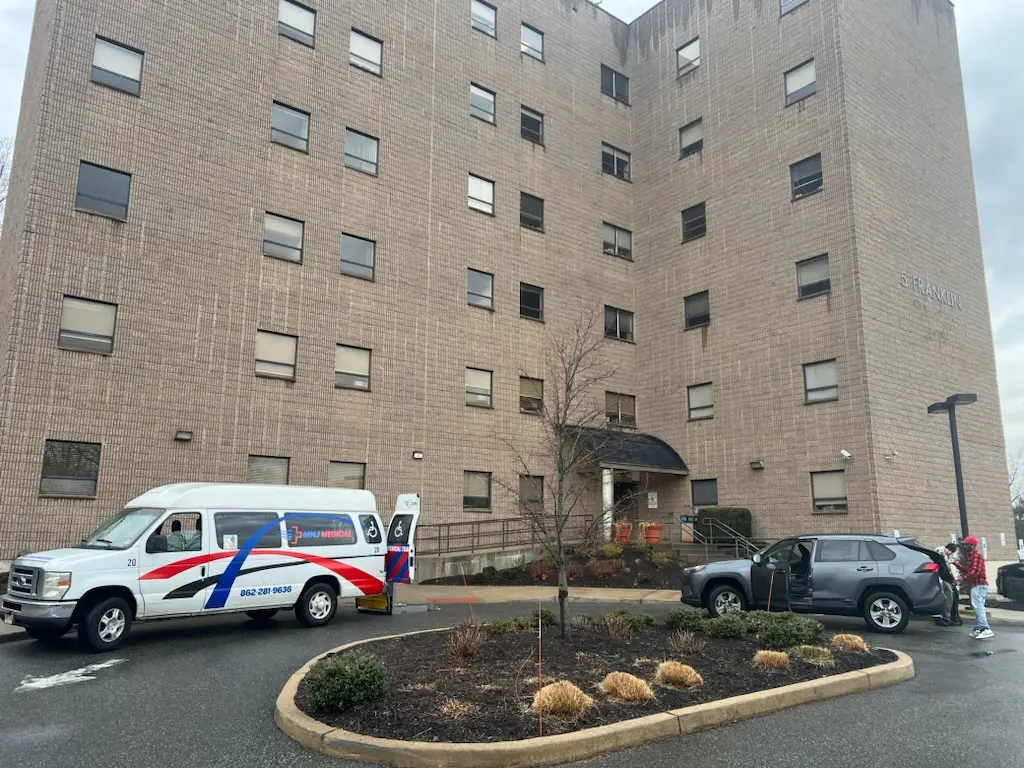Urban areas present unique challenges for individuals who rely on wheelchairs for transportation. While cities offer a plethora of transportation options, the accessibility of these services varies significantly. This blog explores the hurdles faced and potential solutions for improving wheelchair transportation in urban environments.
Understanding Urban Transport Challenges
Navigating urban transport systems presents a labyrinth of challenges for wheelchair users. The hustle and bustle of city life often leads to crowded streets and limited space, making it difficult for people in wheelchairs to move around freely. This is compounded by the shortage of accessible vehicles, which often leaves users with longer wait times for transport options that accommodate their needs. Urban infrastructure, like cobblestone streets or narrow sidewalks, further complicates accessibility and makes daily commuting a cumbersome ordeal.
The sheer volume of traffic in urban areas poses yet another hurdle. Rapidly moving vehicles, coupled with pedestrian congestion, create a less than ideal environment for those requiring wheelchair access. Many are forced to adapt to these unyielding circumstances daily, highlighting the pressing need for comprehensive urban planning focused on accessibility. These transport challenges are not just logistical; they are deeply rooted in societal structures that inadvertently exclude wheelchair users. Without targeted interventions, the gap between accessible and non-accessible environments will remain a significant barrier.
Identifying Obstacles for Wheelchair Users
Inconsistent sidewalk conditions can greatly hinder mobility for wheelchair users. Many cities struggle with maintaining pavements, leaving cracks and uneven surfaces that can lead to accidents. For someone in a wheelchair, these small imperfections become major obstacles. Public transport also poses issues; for instance, buses without wheelchair ramps or subway stations without elevators make it nearly impossible for disabled individuals to travel independently.
Public awareness of these issues remains limited, further delaying solutions. Often, city officials and the general public are not fully aware of the specific challenges faced by wheelchair users. This lack of awareness means that when discussions about improvements or upgrades occur, the needs of wheelchair users can be overlooked. Addressing these gaps requires a collective effort to educate the public about the importance of inclusivity in city design, starting from infrastructure down to policy implementation.
Beyond physical barriers, there is also a pressing need to address societal attitudes towards individuals with disabilities. Social stigma and a lack of understanding can lead to discriminatory practices both within public transport systems and among other commuters. Encouraging empathy and empowering advocacy within communities can be powerful drivers in the pursuit of creating a more inclusive urban landscape.
Potential Solutions and Innovations
Technological advancements have paved the way for several innovative solutions aimed at improving accessibility for wheelchair users in urban areas. Ride-sharing services like Uber and Lyft, for instance, are progressively rolling out accessible vehicles equipped with essential features like ramps and extra space. These services provide an alternative to traditional public transport, offering more flexible and, often, more accessible options for wheelchair users.
Improvements in urban design can also play a significant role. Cities that are strategically designed with wide sidewalks, more accessible transit stations, and smooth pathways make an enormous difference. Incorporating accessible urban design principles right from the planning stage ensures that cities cater to everyone’s needs, not just the able-bodied. Even small changes like better sidewalk ramp placements can drastically improve mobility.
Moreover, apps that offer real-time updates and information specifically catered to wheelchair users are becoming increasingly valuable. These platforms can inform users of accessible routes, highlight potential hazards, and recommend transport services with wheelchair facilities. As technology continues to evolve, its application towards improving urban mobility for those in wheelchairs represents an exciting frontier of possibility. By merging comprehensive urban design with advanced technology solutions, cities can make great strides in achieving accessibility goals.
The Role of Policy and Community Engagement
Policies play a pivotal role in enhancing urban accessibility for wheelchair users. Government initiatives that prioritize such needs can drive improvements across transport systems. Implementing stricter regulations for accessible public infrastructure ensures that new developments don’t overlook essential design principles. Subsidies or grants for businesses that enhance their services to accommodate wheelchair users could be another incentive driving accessibility improvements.
Community engagement is equally important in pushing this agenda forward. Grassroots movements and advocacy groups that bring individuals together to campaign for better accessibility serve as powerful agents of change. Participation in local governance and urban planning meetings empowers those affected by accessibility issues to voice their experiences and solutions. Collaboration between policymakers and communities is crucial to building an urban transport system that equally serves all its citizens.
Lastly, awareness campaigns and educational initiatives can foster a culture of inclusivity within communities. By promoting understanding and empathy, these efforts can lead to societal shifts that embrace diverse needs. Hosting workshops and seminars about the challenges faced by wheelchair users can equip community members with the knowledge to advocate for inclusive policies. As communities grow stronger and more informed, their collective voice can significantly influence decision-making processes in urban planning and transport sectors.
Towards a More Accessible Future
Improving wheelchair transportation in urban areas requires a concerted effort from city planners, policymakers, and the community. By embracing inclusive design, raising awareness, and leveraging technology, we can create a more accessible and equitable transportation network for all. To learn more about our ongoing efforts and how you can contribute, visit our homepage.

